
Volvo is the automotive brand most associated with safety, and with very good reason, many of the advancements in automotive safety have been developed by Volvo, including three-point safety belts, side curtain airbags, and pedestrian detection with full auto braking. More recently, the Insurance Institute for Highway Safety (IIHS) 2022/early 2023 Top Safety Pick awards* named every single Volvo model as a Top Safety Pick+. So what makes Volvo vehicles so safe, and what is Volvo currently developing to stay on top of automotive safety? Motorcars Volvo Cars has put together a helpful guide to Volvo safety.
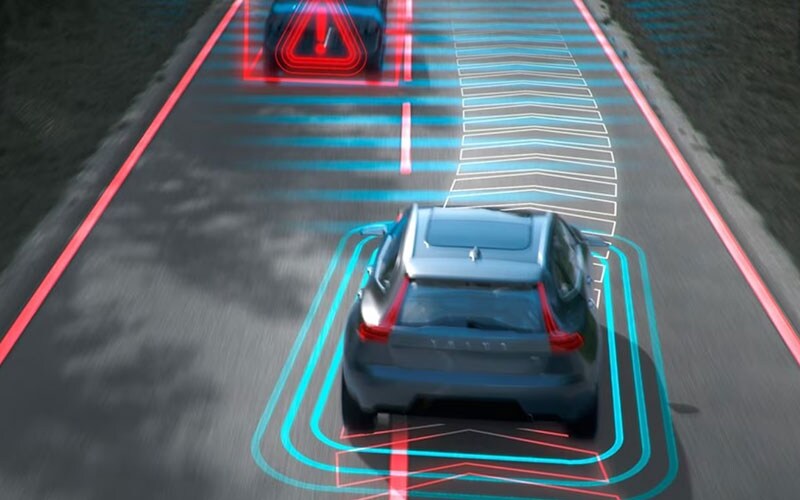
Driver Assistance Safety
Volvo is a pioneer in driver assistance safety technology, which makes the driver more aware of their surroundings, and in some cases can intervene to prevent a collision. All of these are available on Volvo vehicles right now.
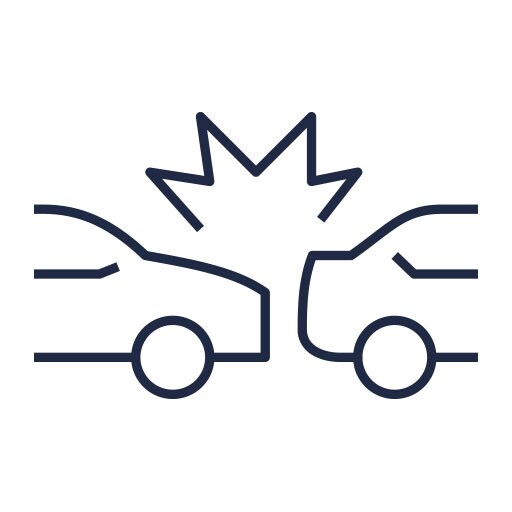
Collision Avoidance
The vehicle's intelligent systems monitor other vehicles, pedestrians, and cyclists. If it looks like there is a danger of collision, the vehicle can alert the driver via audible, visible, or brake pulse warnings. If the situation escalates, the vehicle can apply the brakes automatically.

Lane Keeping Aid
If a driver starts to stray over a lane line without using their turn signal, the vehicle can give a warning in the form of a steering wheel vibration. If the vehicle continues to drift over the line, the vehicle can gently steer itself back into the correct lane.
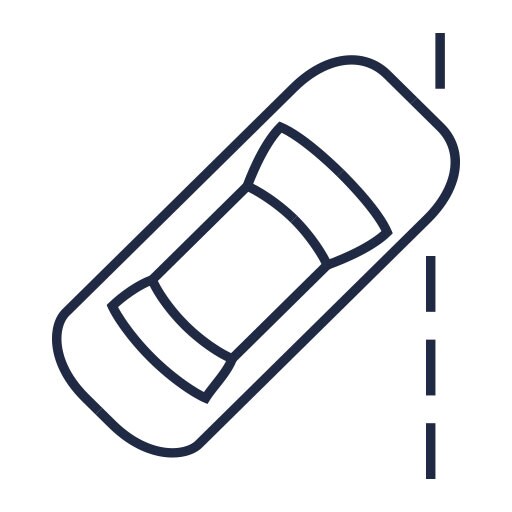
Run-Off Road Mitigation
A more active version of the lane keeping aid, crossing the outer lane markings at highway speeds will cause the vehicle to steer the car back onto the road, as well as applying the brakes, if necessary.
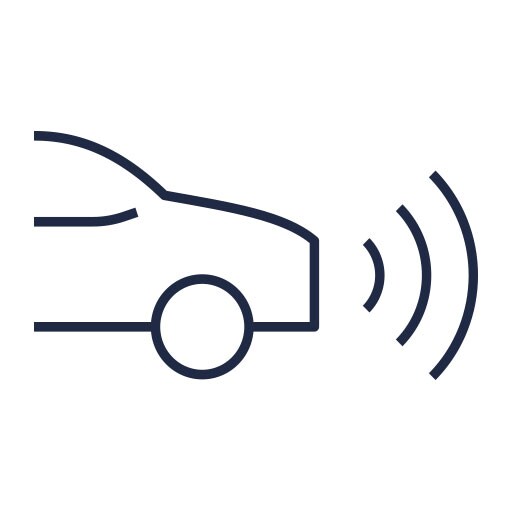
Cross-Traffic Alert With Auto Brake
Probably the worst visibility we all experience while driving is while backing out of a parking space. This system will keep a watch for approaching vehicles from the rear and sound a warning or apply the brakes automatically if necessary.
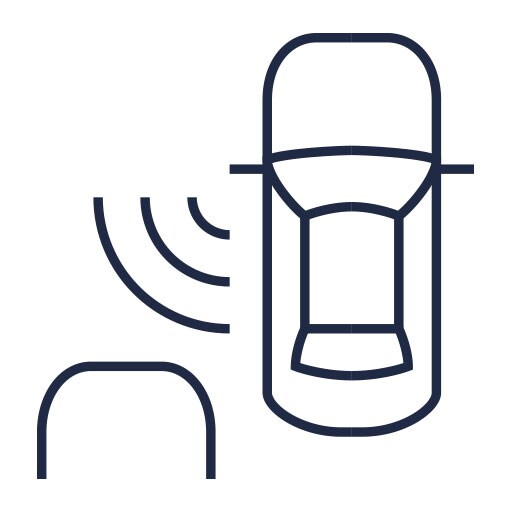
Blind Spot Information System (BLIS)
This system watches for vehicles entering the driver's blind spot, or approaching rapidly in an adjacent lane. The driver is then given a warning in the form of a light on the door mirror of whichever side has the affected blind spot.

Surround View Camera
A system of four high-definition cameras creates a 360-degree top-down view of the vehicle to make pulling in and out of parking spots or other tight spaces incredibly easy.
Passive Safety Systems

Speed Cap
All Volvo vehicles come with an electronically limited top speed of 112 mph as a safety measure.
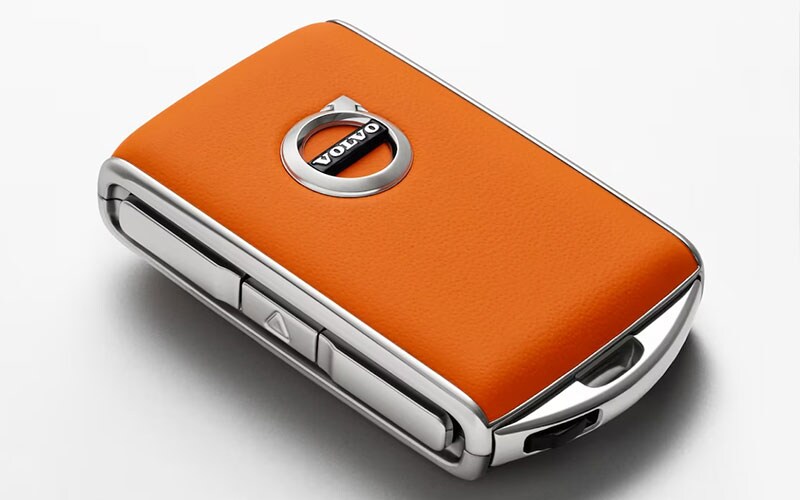
Care Key
Volvo owners have the ability to set a lower top speed cap on a specific key for their vehicle. This lets them lend the vehicle to a friend or family member, perhaps a less experienced driver, while remaining secure in the knowledge that it won't be driven at an excessive speed.

Connected Safety
In the event that a Volvo encounters slippery road conditions, it will send out a warning to other Volvo owners as they approach the slippery section of road.
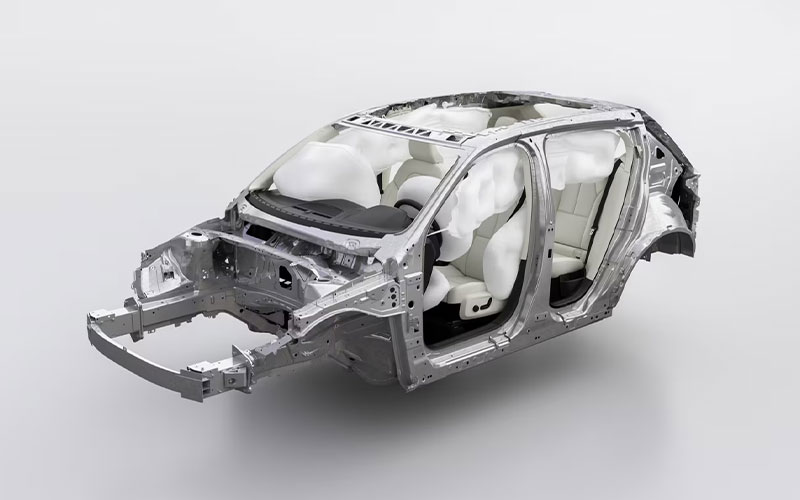
Airbags
Having pioneered torso airbags and inflatable curtains, it's safe to say that Volvo takes airbags incredibly seriously. Driving a Volvo means you can be confident that you're protected by the most advanced airbags available.
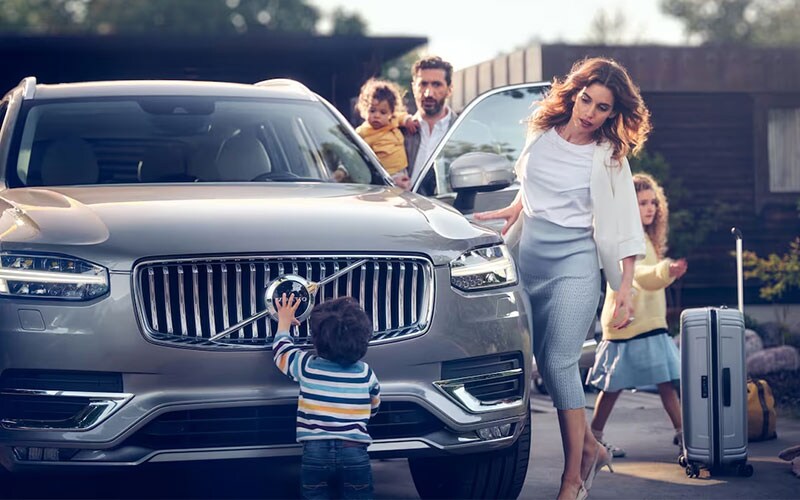
Child Safety
It was Volvo that first developed rear-facing child seats, as well as integrated booster cushions. Today, Volvo also sells its own child seats, which you can confidently use knowing they are the absolute cutting edge of child safety.
The Latest Safety Technology

Lidar
A highly advanced form of object detection, lidar paired with AI-powered systems will allow for even more accurate and powerful versions of existing safety technology in the coming generation of Volvo vehicles.
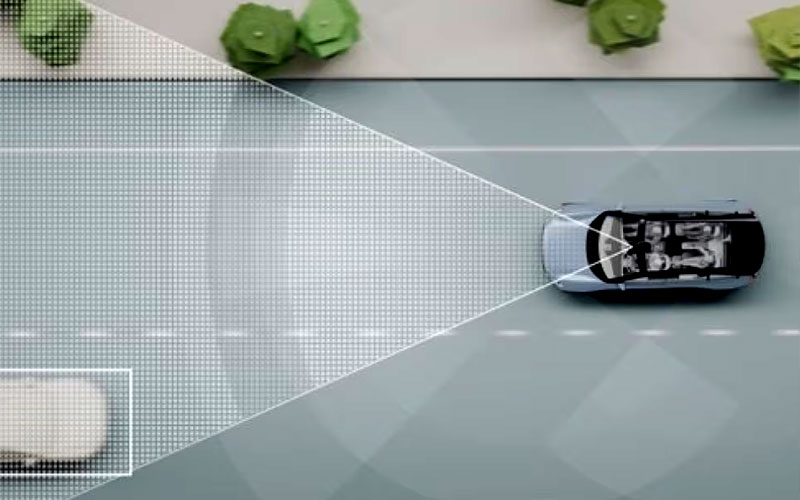
Autonomous Driving
Volvo is working towards autonomous driving systems that are fully safe and can operate unsupervised. The systems will eliminate human error and allow Volvo owners to engage in other activities during their daily commute.
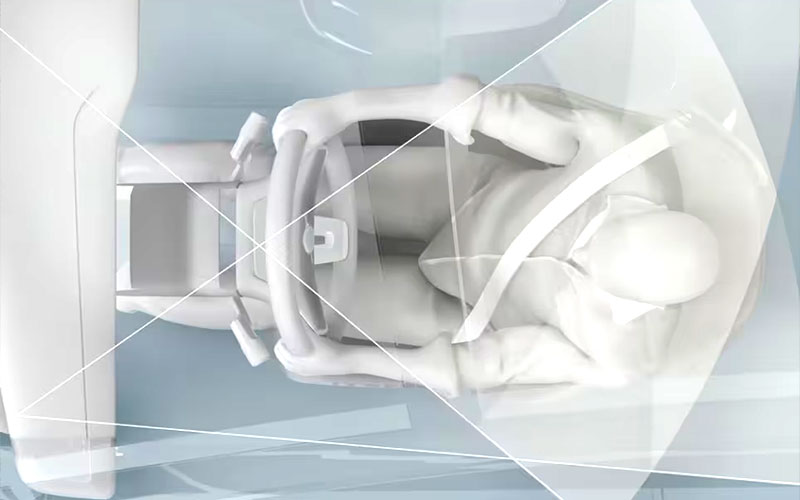
Driver Understanding System
A 2-camera system that monitors the driver for signs of fatigue, distraction, or intoxication. The vehicle is then able to limit speed, or even brake to a complete stop if necessary.